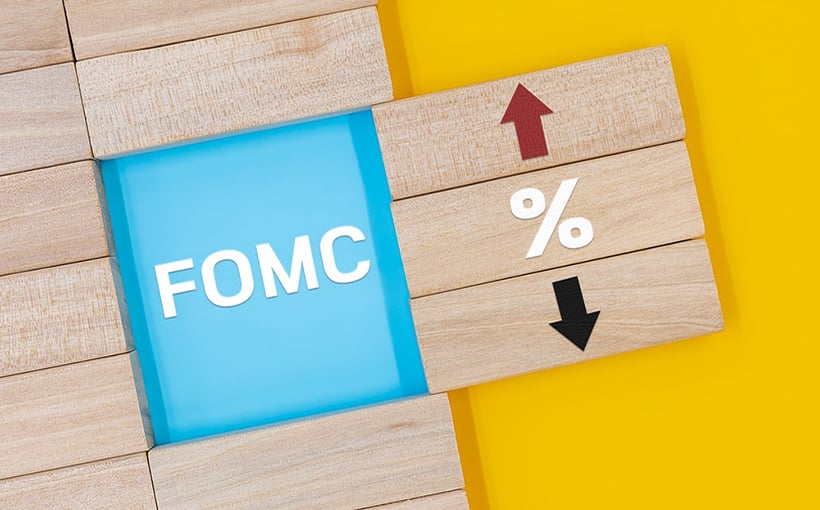In December 2023, the Federal Reserve’s decision to not raise the Effective Federal Funds Rate and plans for moderate rate cuts in 2024 sparked excitement. The markets have already priced in five interest rate cuts starting in spring 2024, with a year-end target of 4.6%. However, John Beuerlein, chief economist at Pohlad Companies (parent company of Northmarq), advises caution and states that there is no indication from the Fed’s minutes that they are close to cutting rates or planning for as many cuts as expected.
Beuerlein also discusses signs that suggest a smaller reduction may occur than what is currently anticipated by the market. He notes that while we typically see changes in the effective federal funds rate when there are adjustments made by the Fed, there is also a “real” federal funds rate which takes into account inflation based on core personal consumption expenditures (PCE). Currently at a restrictive level of 2.7%, if projections hold true for 2024 it will decrease to only slightly less restrictive levels at around 2.2%.
The Fed has been attempting to slow down economic growth through increasing its EFFR and reducing its balance sheet since late-2020 due to pandemic-related liquidity injections into banks during economic fallout caused by COVID-19 shutdowns last year . While this process was halted due rising inflation levels , Chairman Jerome Powell stated back in November of last year their intentions were still focused on withdrawing added liquidity from crisis response measures.
With continued efforts towards reducing their balance sheet monthly ($95 billion per month), Beuerlein points out this adds another policy tool tightening available liquidity further.
While indicators show some slowing within our economy such as slight increases seen recently with personal incomes/spending along with lower savings rates compared pre-pandemic numbers; lending standards being tightened; leading economic indicators declining over past twenty months including consumer expectations/manufacturing new orders/internal rates/building permits; and job openings/hiring/temporary jobs all down in November, unemployment remains at 3.7%.
Beuerlein believes interest rates have peaked but also cautions against being overly optimistic about rate cuts right now. He notes that the Fed seems willing to keep rates elevated until they see a more significant slowdown in the economy and sustained easing of inflationary pressures.
This commentary was originally published on Connect CRE’s website.



